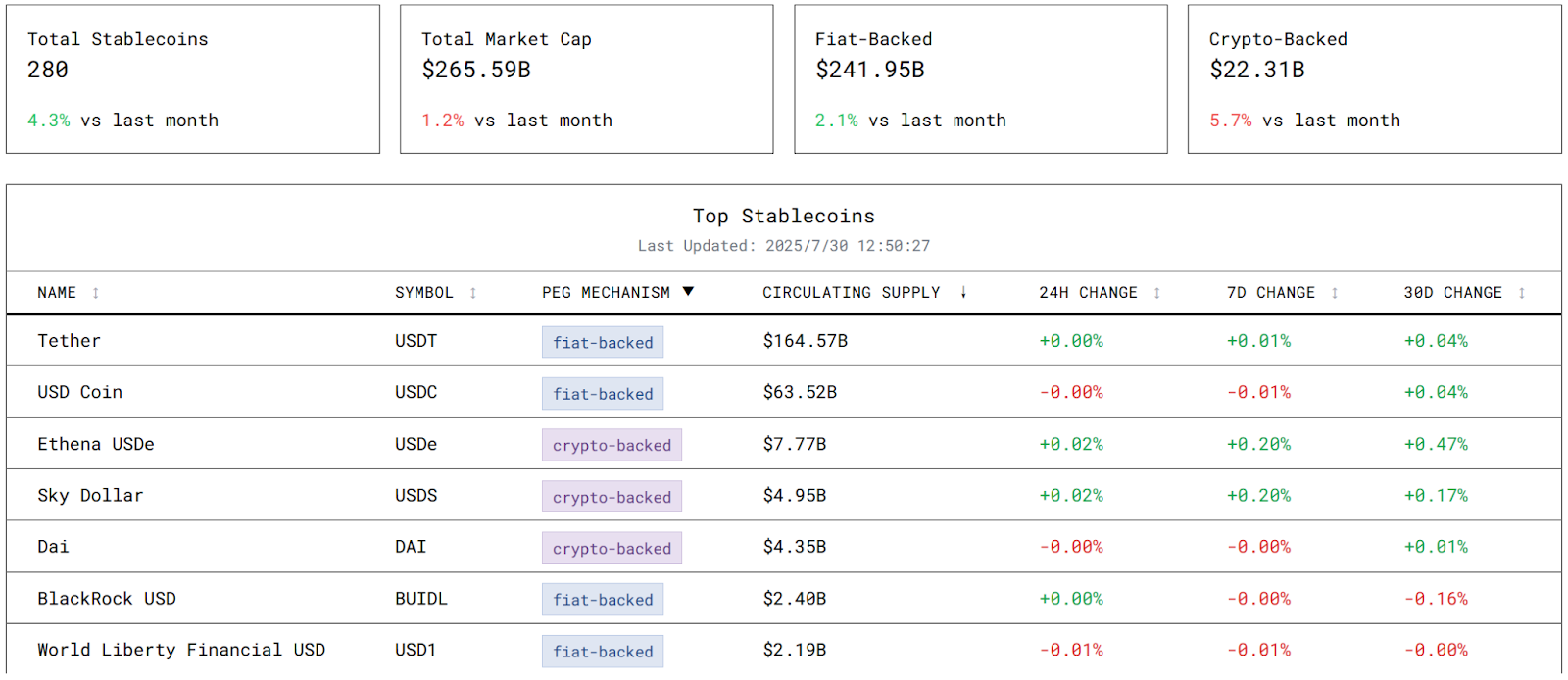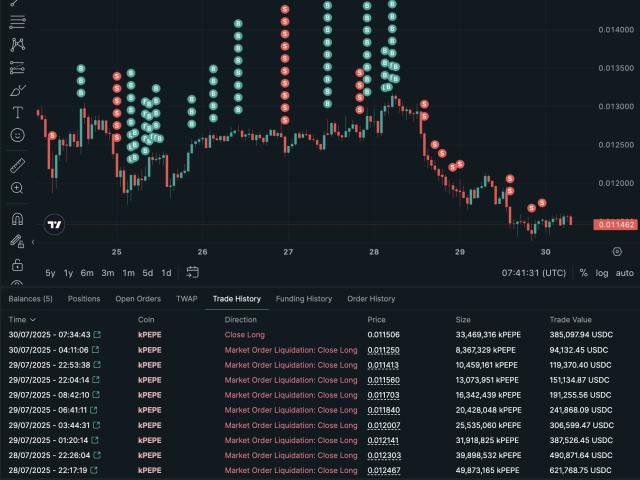When USD1 becomes a key entry point for crypto applications, its own stress resistance, liquidity design, and user confidence mechanism are the true core factors determining whether it can be "used" in the long term.
On July 29 at 6 PM, the stablecoin USD1 experienced a brief de-pegging, dropping to a low of 0.9934 USDT, deviating from its 1:1 US dollar anchor value. Subsequently, the USD1 price gradually recovered, currently stabilizing at 0.9984 USDT. This short-lived fluctuation has attracted market attention.
The Truth Behind USD1's De-pegging
Based on current community discussions and speculations, the direct trigger for this de-pegging event is closely related to the IKA Launchpad activity launched by Gate exchange on July 26. The activity offered a total of 200 million IKA tokens for subscription, with users able to participate using USD1 or Gate's platform token GT, with the subscription price set at 1 IKA = 0.001424 GT = 0.025 USD1. According to official data disclosed by Gate, by July 28, the total subscription amount in the USD1 pool had already exceeded $200 million. Such a large-scale subscription demonstrates the market's enthusiasm for the IKA project but may have also laid the groundwork for selling pressure on USD1.
We noticed that the IKA subscription activity officially ended on July 29 at 1 PM. Combining this with the price trend, USD1's initial decline began shortly after and continued until around 6 PM that day. This timeline highly coincides with the de-pegging event, further confirming the possibility of "fund outflow after the event causing increased selling pressure". Some participating users may have chosen to quickly cash out their USD1 after completing the subscription, causing concentrated selling.
USD1 is issued by World Liberty Financial (WLFI), officially positioned as a "low-volatility digital asset option", aiming to provide users with a stable crypto asset trading medium through 1:1 anchoring to the US dollar. According to its whitepaper and audit reports, USD1's reserve assets primarily include US short-term Treasury bonds and US dollar deposits, theoretically possessing strong redemption capability and price anchoring mechanism.
However, from a more macro perspective, what this de-pegging exposed is the fragility of small to medium-sized stablecoins under intense capital movement. According to stablecoins.asxn.xyz data, the current stablecoin market total scale is $265.59 billion, with USDT dominating at $164.57 billion, while USD1's circulation is only $2.19 billion, accounting for about 1.3%. In absolute terms, this market size is insufficient to withstand large-scale application pressure, let alone the sudden inflow and rapid exit of $200 million in subscription funds. For USD1, this is not just a real-world test but more like a passive stress test.

Backed by Trump, Resource Advantages Emerge
At present, although USD1 experienced a brief de-pegging in this event, it also confirmed its market resource advantages from another perspective. Unlike traditional stablecoins relying on on-chain ecosystem self-rolling growth paths, USD1 not only has World Liberty Financial's financial resources but also has the Trump family's political and capital network as endorsement. It is precisely because of this that USD1 can quickly enter crypto project fundraising, transaction settlement, and Launchpad stages, becoming a "strategic stablecoin" option that more platforms are willing to guide users to use.
However, "having backers" does not mean "no challenges ahead". The de-pegging lesson from this IKA Launchpad event has fully demonstrated that market recognition of resource background cannot replace verification of mechanism security. When USD1 becomes a key entry point for crypto applications, its own stress resistance, liquidity design, and user confidence mechanism are the true core factors determining whether it can be "used" in the long term.
Especially when facing liquidity impacts of hundreds of millions of dollars in a short time, the issues exposed by USD1 deserve high attention from WLFI. The Trump family's political halo can bring attention dividends repeatedly, but only by converting attention into usage scenarios and settling usage scenarios into ecological inertia can USD1 potentially grow from an empowered token to a strong participant in the stablecoin landscape.







